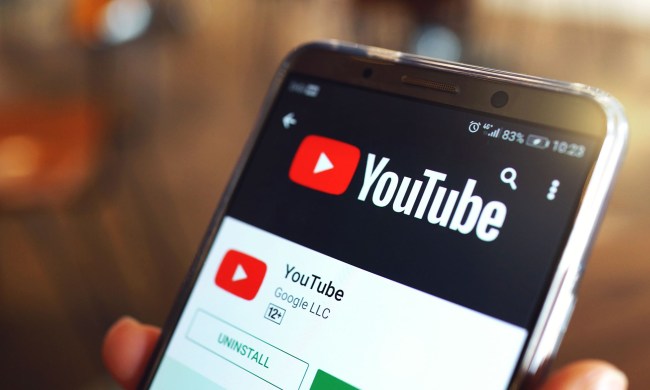Despite the popularity of live video streaming, a lot of recording devices are incapable of recording and streaming in HD quality. That is because devices like smart glasses, aka wearable cameras, would overheat were they to attempt to stream at this resolution.
But researchers at the University of Washington may have come up with a way to change all that. They developed a new technique which makes HD video streaming possible using low- or no-power devices, such as the aforementioned smart glasses and smartwatches. It could also be used to enable security cameras to stream in HD without having to be wired up to do so. This is possible because, according to its creators, the new system uses between 1,000 to 10,000 times less power than existing devices.
“Wireless cameras are widespread these days,” Saman Naderiparizi, one of the researchers on the project, told Digital Trends. “A major limitation of [many] devices, however, is their high power consumption. As a result, conventional wireless cameras either have to be plugged into power or require frequent battery replacement. Our project explores what are the power-hungry components of a conventional wireless camera, decouples them from the camera, and pushes them into a hub device that is receiving the camera stream.”
The team’s technique uses something called backscatter, in which devices are able to share information by reflecting signals that have been transmitted to it. The video transmission system works by turning the pixel information from each frame of video into a series of pulses. The width of each pulse represents the pixel value, while the pulse duration represents its brightness. In findings presented this month at the Advanced Computing Systems Association’s Symposium on Networked Systems Design and Implementation, the team revealed how they had been able to wirelessly convert HD YouTube videos into raw pixel data for streaming.
“A next step for this project is to fabricate the integrated circuit designed for our analog camera,” Mehrdad Hessar, another researcher on the project, told us. “This is a big step forward toward our vision of battery-free sticker form-factor HD video streaming cameras. Jeeva Wireless, a Seattle-based startup company founded by UW researchers including co-authors of this project, Shyam Gollakota, Josh Smith and Vamsi Talla, has already licensed this technology.”


